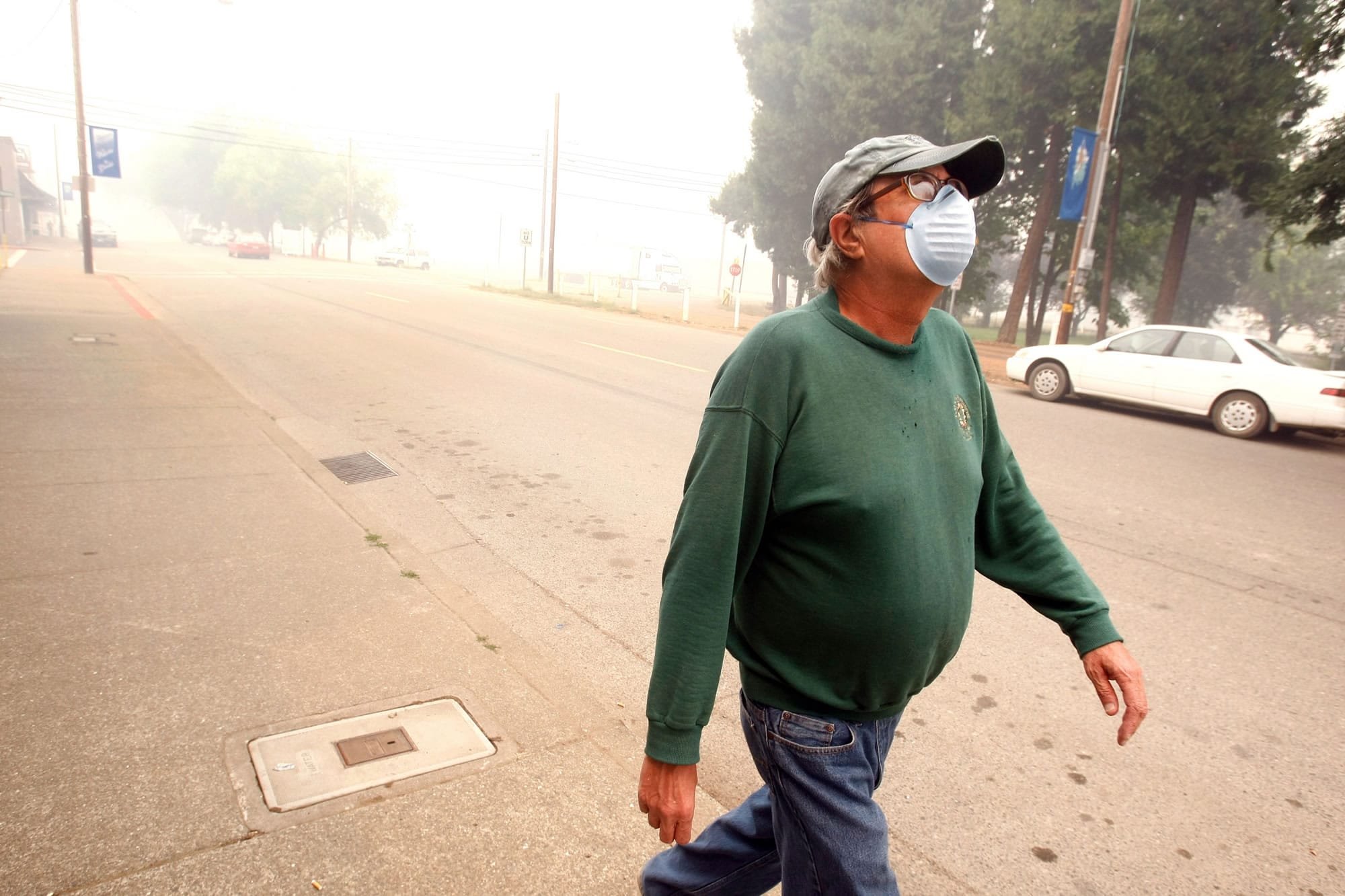PORTLAND — Gov. John Kitzhaber has declared a state of emergency for Josephine and Douglas counties as firefighters tackle the Douglas Complex wildfires.
State officials said Tuesday the declaration authorizes the National Guard to assist firefighting efforts. On Saturday, Kitzhaber invoked the Conflagration Act, meaning fire agencies from across the state can be dispatched to protect buildings.
No structures have been destroyed by the lightning-sparked blazes, but about 400 homes in southwest Oregon are threatened. More than 100 have received evacuation notices.
Air quality remains a concern and the forecast calls for the possibility of lightning today.
More than 1,200 firefighters and support staff are battling the fires that have burned more than 33 square miles and are 5 percent contained.
“This is going to go on for a good while,” said Cheyne Rossbach, a spokesman for the Douglas Complex incident management team.
Other major fires in southwest Oregon are the Whiskey Complex wildfires, on the Umpqua National Forest east of Tiller, and the Labrador Fire, burning near the Illinois River community of Oak Flat.
The 1.5-square-mile Labrador Fire is burning in the footprint of 2002’s Biscuit Fire, which at the time was the largest Oregon wildfire since the 1800s.
Howard Hunter, a fire spokesman, said the north and east sides of the fire are flanked by the Illinois River. He said slightly cooler temperatures and shade from the smoky skies kept the fire from spreading faster.
“It wasn’t conducive to breathing, but it was very conducive to keeping the fire in check,” he said.
Unlike the large rangeland fires that scorched southeast Oregon last summer, the blazes that have ignited so far this year have been on lands under the protection of the state Department of Forestry.
In response, employees were asked Monday to cancel vacations and workers from all parts of the agency are serving on fire lines, in fire camps or in other fire-related jobs.
“We are scaling back all but the most critical functions as we focus on our No. 1 mission, which is fire protection,” State Forester Doug Decker said in a news release. “Fire danger and fire behavior indicators are at record levels, with more than two months of fire season left. This is clearly shaping up as a very tough summer.”



